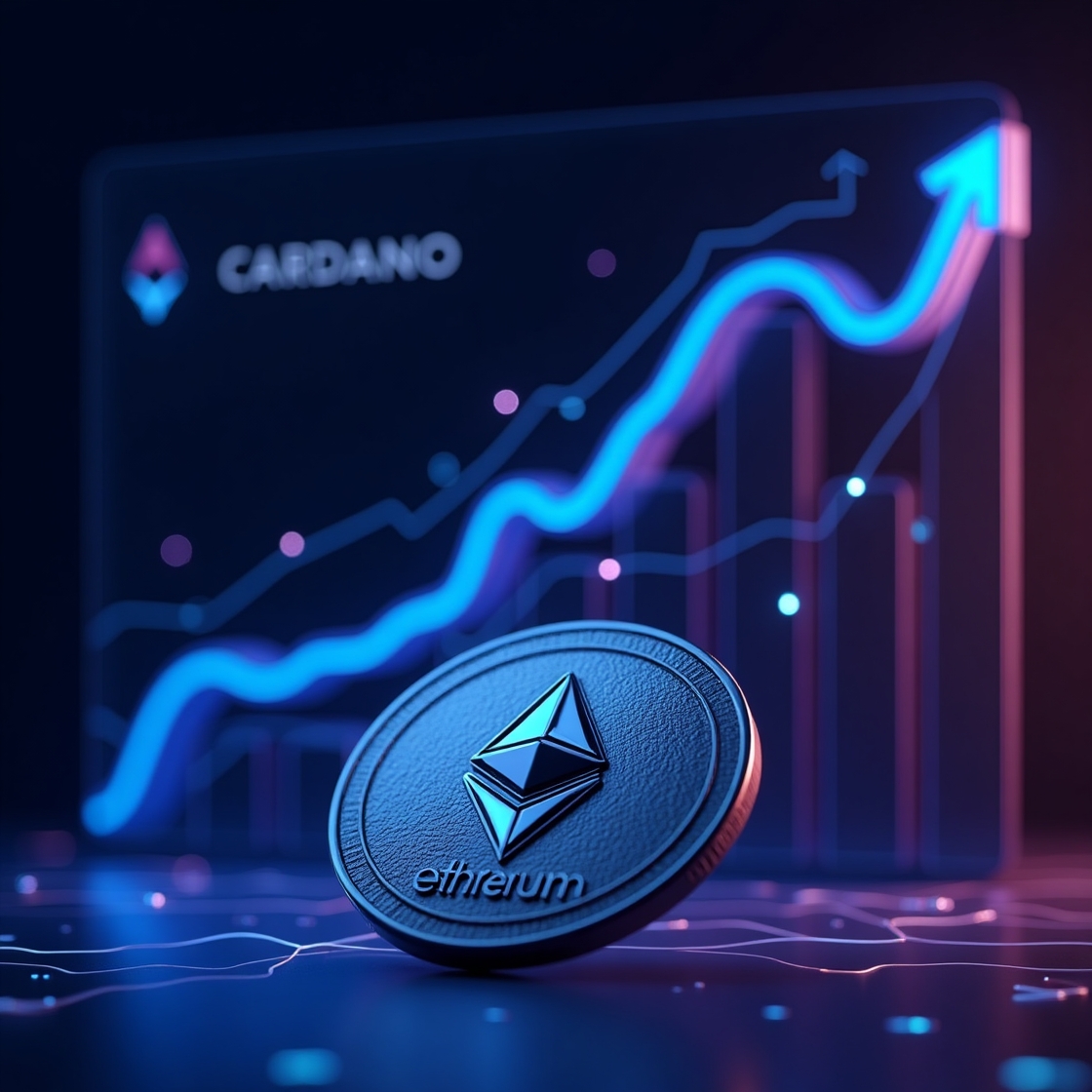Exploring the Future of Decentralized Autonomous Organizations (DAOs) in Crypto
Exploring the Future of Decentralized Autonomous Organizations (DAOs) in Crypto
In the rapidly evolving world of blockchain and cryptocurrency, Decentralized Autonomous Organizations (DAOs) are emerging as one of the most innovative and transformative concepts. DAOs have the potential to revolutionize how organizations are governed, how decisions are made, and how assets are managed in a decentralized world. Rooted in blockchain technology, DAOs are digital organizations that operate without centralized authority, using smart contracts to automate decision-making and governance processes. As blockchain technology continues to grow, the future of DAOs in crypto looks both promising and challenging, as they present new opportunities for innovation and face several hurdles to widespread adoption.
What is a DAO?
A Decentralized Autonomous Organization (DAO) is a type of organization that is governed by rules encoded in smart contracts, rather than by centralized leadership or traditional management structures. The primary idea behind a DAO is that all decisions—whether related to financial matters, governance, or development—are made through a decentralized, consensus-based process. In a DAO, stakeholders (often referred to as token holders) have voting rights proportional to the tokens they hold. These decisions can include anything from proposing and funding projects to changing the governance structure itself.
The use of blockchain and smart contracts ensures that the process is transparent, secure, and immutable, which is a key feature that sets DAOs apart from traditional organizations. All transactions and decisions are recorded on a public ledger, making it impossible to alter past decisions or financial data without consensus from the community. This creates a high level of trust and accountability among members.
The Rise of DAOs in the Crypto Ecosystem
DAOs have gained significant attention in the cryptocurrency and blockchain space over the past few years. Some of the earliest examples of DAOs include organizations like MakerDAO, which governs the Dai stablecoin, and Compound, a decentralized finance (DeFi) platform that operates under a DAO structure. These early examples showcase how DAOs can facilitate decentralized decision-making, enabling communities to collectively govern and manage crypto projects.
In recent years, the number of DAOs has exploded, spanning various sectors of the crypto industry, from DeFi platforms and NFT projects to decentralized governance of blockchain protocols. As of 2025, DAOs are no longer just niche experiments; they are increasingly becoming mainstream in the world of cryptocurrency. According to some estimates, there are now thousands of DAOs with billions of dollars in assets under management. This explosive growth is driven by a combination of factors, including the rise of DeFi, the increasing interest in decentralized finance, and the growing desire for greater transparency and democratization of decision-making.
Key Features of DAOs: Governance, Tokenomics, and Automation
- Decentralized Governance: One of the most defining features of a DAO is its governance structure. In a traditional organization, decision-making power is centralized in the hands of a few individuals, such as executives or shareholders. In contrast, DAOs distribute power among all token holders, giving them the ability to vote on proposals, make changes to the platform, and influence the direction of the project. This process eliminates the need for centralized authority and creates a more egalitarian system of governance.
- Tokenomics: In DAOs, governance is often tied to a native token. Token holders are given voting power proportional to the number of tokens they own, and their tokens can be used to vote on key decisions such as protocol upgrades, funding proposals, and other governance issues. Tokenomics, or the design of the economic incentives around the tokens, plays a crucial role in the success of a DAO. Well-designed tokenomics ensures that participants have aligned incentives and are motivated to contribute to the organization’s success.
- Automation through Smart Contracts: DAOs rely heavily on smart contracts to automate processes and ensure that decisions are executed without human intervention. Smart contracts are self-executing contracts with the terms of the agreement directly written into code. When certain conditions are met, smart contracts automatically carry out the agreed-upon actions, such as transferring funds, implementing changes to the protocol, or distributing rewards. This automation reduces the risk of human error and increases the efficiency and reliability of the DAO’s operations.
- Transparency and Security: Since all decisions and transactions in a DAO are recorded on a blockchain, they are inherently transparent and auditable by anyone. This transparency ensures that all actions taken by the DAO are visible to the public, reducing the potential for fraud and corruption. Additionally, the decentralized nature of DAOs makes them more resistant to hacking and centralized points of failure.
Challenges Facing DAOs
While DAOs hold significant potential, there are several challenges and limitations that need to be addressed before they can become mainstream.
- Scalability: As DAOs grow in size and complexity, scalability becomes a major concern. The decision-making process in a DAO often relies on on-chain voting, which can be slow and inefficient, particularly when large numbers of participants are involved. The challenge is to find ways to scale governance in a way that maintains decentralization while improving the speed and efficiency of decision-making.
- Legal and Regulatory Issues: One of the biggest hurdles facing DAOs is the legal uncertainty surrounding their structure and operations. Many DAOs operate in a legal gray area, with unclear definitions of their status as corporations or other legal entities. In some jurisdictions, DAOs may face challenges related to regulatory compliance, including securities laws, tax regulations, and anti-money laundering (AML) requirements. As DAOs become more prevalent, regulatory bodies will likely develop frameworks to govern their activities, but this process could take time and could lead to fragmentation in how DAOs are treated in different countries.
- Security Vulnerabilities: While blockchain technology itself is considered secure, DAOs are still vulnerable to attacks, especially if there are flaws in their smart contracts. Several high-profile DAO hacks, such as the 2016 DAO hack on Ethereum, have demonstrated that vulnerabilities in the code can lead to significant losses. Ensuring that DAOs are designed with strong security measures and undergo rigorous audits is crucial to mitigating these risks.
- Governance Centralization: While DAOs are designed to be decentralized, there is still the risk of governance centralization, particularly when a small number of token holders control a significant portion of the total supply. In such cases, these large stakeholders could exert disproportionate influence over the decisions of the DAO, undermining the principles of decentralization and democracy.
The Future of DAOs: A Path Toward Mass Adoption
Despite these challenges, the future of DAOs in crypto looks bright. As blockchain technology matures, DAOs are likely to become an increasingly important part of the crypto landscape. Several trends are likely to shape the future of DAOs:
- Improved Governance Models: In response to scalability and centralization issues, new governance models are likely to emerge, allowing for more efficient and fair decision-making. For example, DAOs may incorporate off-chain voting, layer-2 solutions, or hybrid governance systems that combine on-chain and off-chain elements to improve speed and reduce the influence of large token holders.
- Integration with Traditional Finance: As DAOs grow in size and influence, they may increasingly intersect with traditional financial systems. DAOs could become more involved in asset management, venture capital, and even public sector governance. The ability of DAOs to provide decentralized, transparent governance models could be attractive to institutions seeking to enhance accountability and efficiency.
- Legal Recognition and Regulation: Over time, governments and regulatory bodies may begin to recognize DAOs as legitimate entities, leading to clearer legal frameworks for their operation. This could facilitate greater adoption and make DAOs more attractive to mainstream investors and participants.
- Enhanced Security and Auditing: As DAOs mature, better security practices and auditing tools will emerge to protect against potential hacks and vulnerabilities. With stronger security, DAOs will be able to attract larger investments and broader participation from users.
Conclusion
The future of Decentralized Autonomous Organizations (DAOs) in the crypto space is filled with both immense potential and significant challenges. As more sectors of the economy adopt decentralized models, DAOs are positioned to become a cornerstone of the decentralized web, offering transparent, secure, and efficient governance. While scalability, legal issues, and security remain concerns, innovations in governance models, regulation, and technology will likely help DAOs overcome these hurdles. The next few years will be crucial in determining how DAOs evolve, but one thing is clear: they are set to play a major role in reshaping the future of the digital economy.




Post Comment